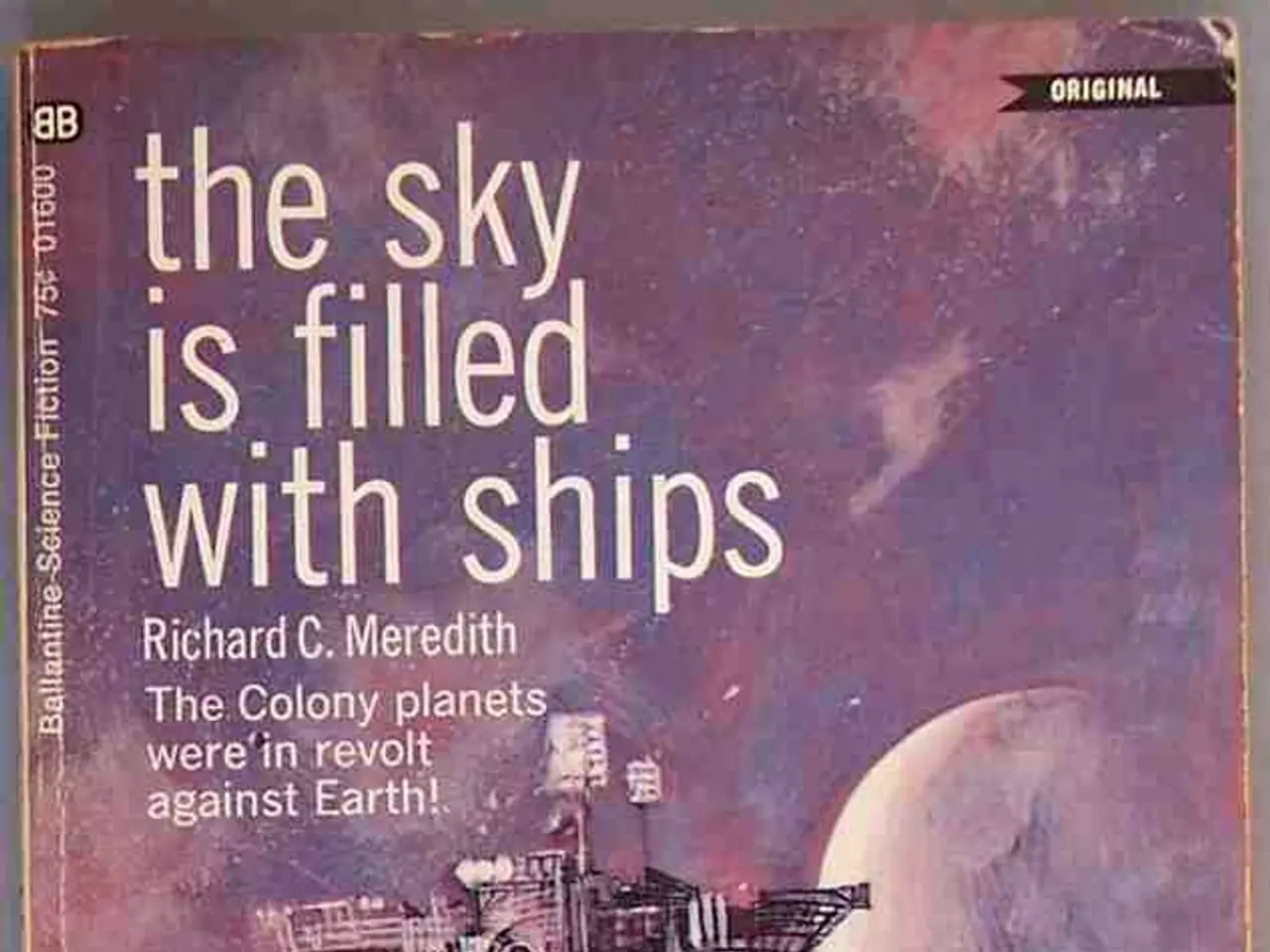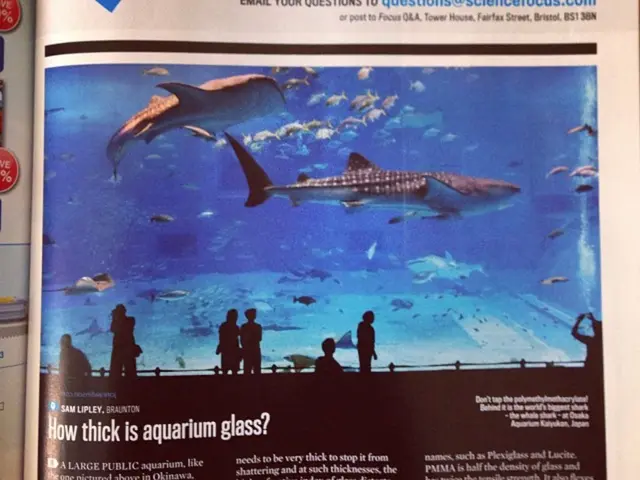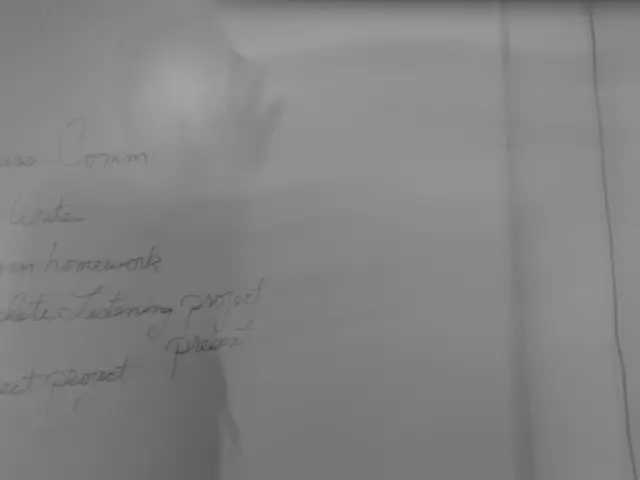Guide for Children's Solar System Exploration
The Solar System, a fascinating realm of celestial bodies, is approximately 4.6 billion years old[2]. At the heart of this cosmic dance lies the Sun, our radiant star that provides the heat and energy essential for life on Earth[2].
Our Solar System is home to eight planets, divided into two groups: the inner planets (Mercury, Venus, Earth, Mars) which are rocky, and the outer planets (Jupiter, Saturn, Uranus, Neptune), which are gas giants[2][5].
The Earth, our home, spins on its axis at 1,000 miles per hour, causing day and night, and orbits the Sun at 67,000 miles per hour, completing a full orbit in 365 days, which we call a year[1][5]. The Earth is tilted 23.4 degrees, which is why we have four seasons: spring, summer, fall, and winter[1].
Mercury, the closest planet to the Sun, completes an orbit in just 88 days, while Neptune, the farthest planet, takes 165 years to orbit the Sun[5].
Planets have different special features. For example, Venus has a thick, toxic atmosphere with clouds of a dangerous acid and rotates in the opposite direction of most planets[3]. On the other hand, Jupiter, the largest planet in the Solar System, has a striking striped appearance and possesses the most moons[4].
Some planets, like Venus, Mars, Jupiter, and Saturn, can be seen from Earth with the naked eye, especially when it's dark outside[6]. The Solar System is part of the Milky Way galaxy, which is one of billions of galaxies in the Universe[7].
For a more hands-on and creative learning experience, consider creating a lapbook, a small, hands-on booklet filled with information, images, and interactive elements about the Solar System[8]. This educational tool encourages hands-on learning, creativity, and critical thinking.
References:
[1] https://www.space.com/25782-earth-facts.html [2] https://solarsystem.nasa.gov/solar-system/ [3] https://solarsystem.nasa.gov/planets/venus/in-depth/ [4] https://solarsystem.nasa.gov/planets/jupiter/in-depth/ [5] https://solarsystem.nasa.gov/planets/ [6] https://www.space.com/516-planets-visible-naked-eye.html [7] https://www.space.com/18544-milky-way-galaxy.html [8] https://www.education.com/reference/article/lapbook-definition/
Read also:
- Genetic Rarity Explored: Insights into Science, Struggles, and Misconceptions Surrounding Albinism
- Smoking Secondhand: Impact, Frequently Asked Questions, and Additional Information
- Strategies for Mitigating Negative Feelings in Customer Interaction with Your Goods or Services
- Is it necessary for concerts to be so excessively loud that ear protection is essential?








